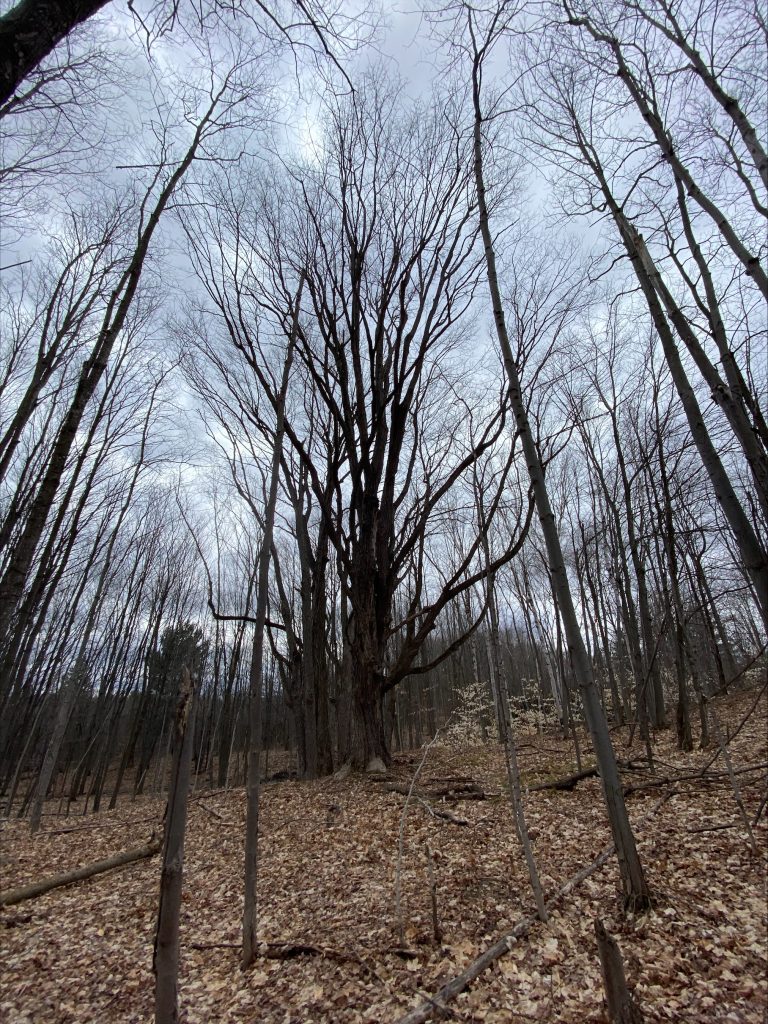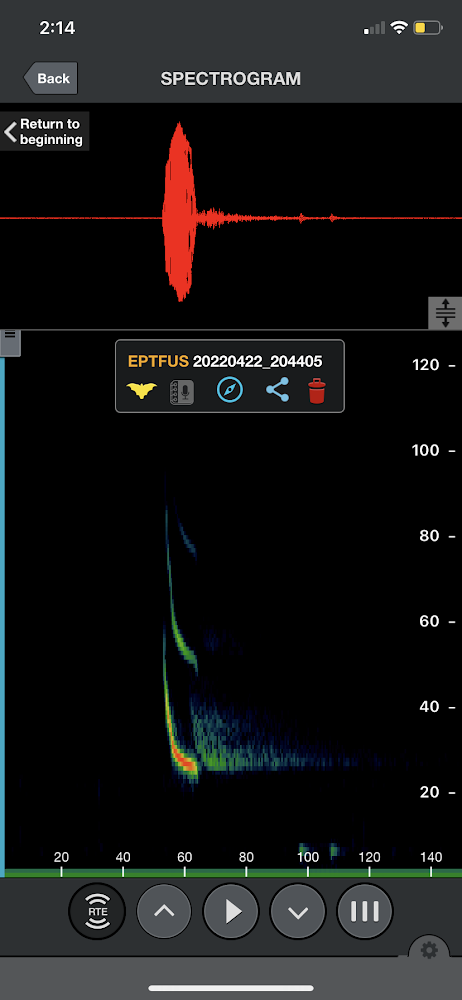By Kassia Skorzewska
Throughout April, locals gathered on Friday nights, strolling in the woods in search of winged creatures.
In honour of bat season, Tree Fest Ottawa, Friends of Hampton Park and Friends of Carlington Woods organized bat walks in Hampton Park and Carlington Park. A few different species call the two areas home, according to Tree Fest Ottawa’s website.
Ecologist Nicole Nolan led this year’s walks.
“I had been interested in doing some early spring monitoring to find out when, in our local area, bats are actively moving around, and which species are starting to get active at which time,” she added.
Nolan began running the bat walks on April 1, at the start of bat season, and the walks wrapped up on April 29.
On the walks, Nolan has an ultrasonic microphone, which is attuned to capture the echolocation of bats.
“Echolocation is the vocalizations that they make to forage and find insects in the air. Each bat has a unique voice, and we can actually identify which species a bat is by its vocalizations using this recorder,” said Nolan.

One fascinating fact about bats is that they can live quite a long life.
“There have been bats that have been tagged and are confirmed to be in their late 30s in Ontario, and other species have been known to get around 40,” said Nolan.
Bat walk participants have microphones plugged into their iPhones while they walk through the areas Nolan leads them.
“We educate the public on some of the conservation issues with bats and a little bit about bat biology, while also looking at our phone and seeing if we can capture some recording,” said Nolan.
One main conservation issue surrounding bats is White Nose Syndrome, an invasive fungus that was first identified in New York State around 2006-2007.
“Basically, it’s a fungus that likes to grow in the caves that bats like to hibernate in. It ends up attacking them while they are in torpor, which is the low energy state they’re in during hibernation, and it can grow over their noses, and it can grow on their skin,” said Nolan.
“It will wake them up during this torpor, and they end up in a high metabolic state, and they aren’t able to forage to replenish that energy. So, they eventually wake up in the middle of the winter and usually die,” she added.
The fungus can also block their air passages and, according to Nolan, some of the bat populations in the Ottawa area have had about 90 per cent decline since the fungus started. One tip for helping to conserve the bat population is to be supportive of a bat’s habitat.
“Ensure that there is good quality forage for them to eat, avoiding pesticide use and protecting old forests. Old-growth forests, especially, are important habitats for bats when they’re breeding,” said Nolan.
At the time of writing, walkers noticed the most bat activity on their April 22 stroll. They saw around five bats flying overhead near streetlights and recorded close to 15.
